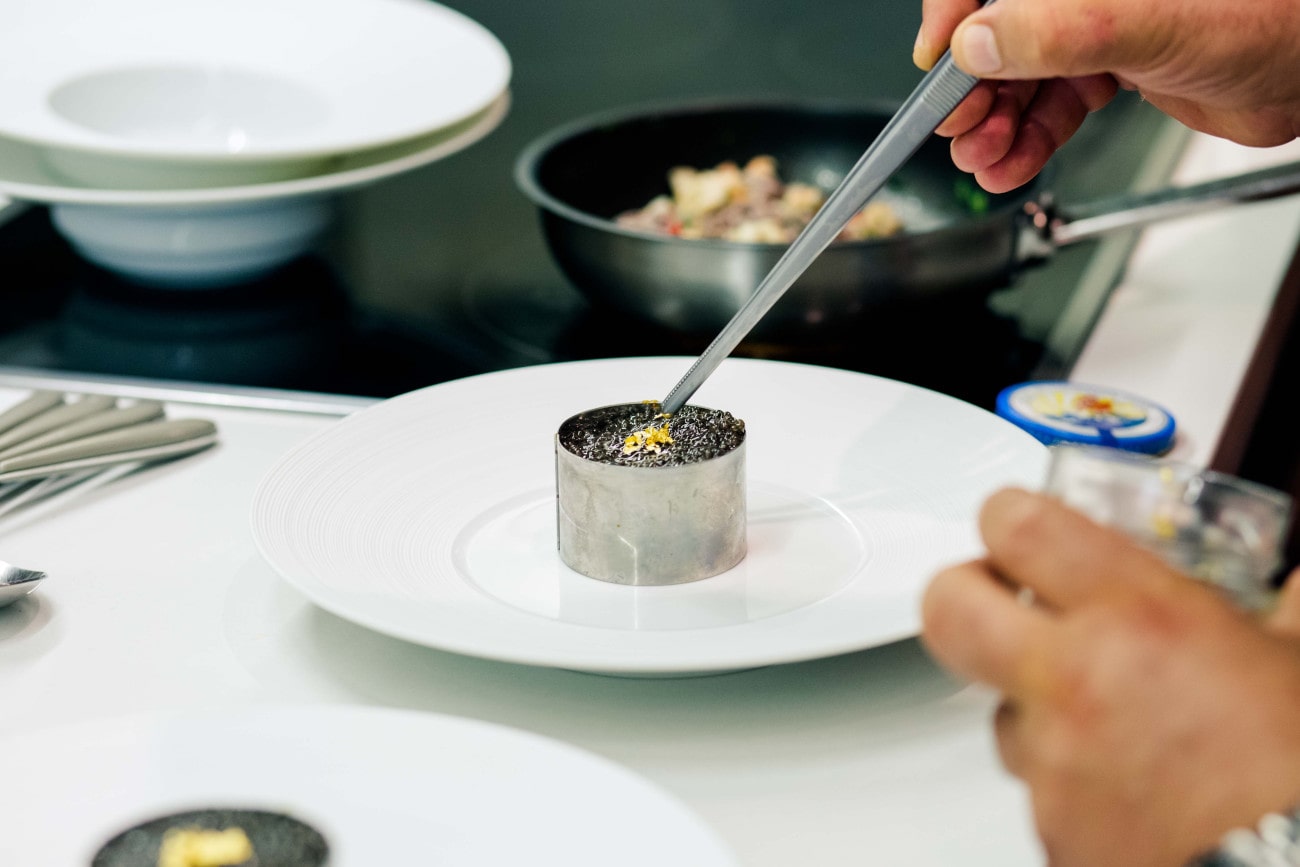
The World's Finest Delicacies
In the world of fine dining, the quality of ingredients is paramount. The finest dishes begin with the finest ingredients, often sourced from the most remote corners of the globe. Chefs source the rarest and most sought-after ingredients to elevate their creations to new heights of flavor and luxury, often with the most exorbitant of price tags.
Here are the world's ten most expensive delicacies:
Kobe Beef
Kobe beef is the epitome of luxury meat, hailing from the Wagyu cattle of Japan's Hyogo Prefecture. These cattle are pampered with a diet rich in grains, resulting in beef that boasts unparalleled marbling and a tender, melt-in-your-mouth texture.
To earn the Kobe designation, the beef must meet stringent criteria for marbling and quality. With only 3,000 to 4,000 heads of Kobe cattle reaching the market annually, this exquisite beef can cost $25 to $50 per ounce in the US. At upscale restaurants like COTE Miami, a single ounce can set you back $76. Such a delicacy is best entrusted to the hands of seasoned culinary professionals.
White Truffles
White truffles, or Alba truffles, are the crown jewels of the truffle world. These aromatic fungi, with their earthy notes of oak and garlic, grow symbiotically with the roots of specific trees in the Piedmont region of Italy and parts of Croatia and Slovenia.
The elusive nature of their growth and the delicate balance required for their cultivation make white truffles incredibly rare and expensive, often fetching over $250 per ounce. These truffles are typically shaved over dishes likepasta and risotto, adding a luxurious touch to any meal.
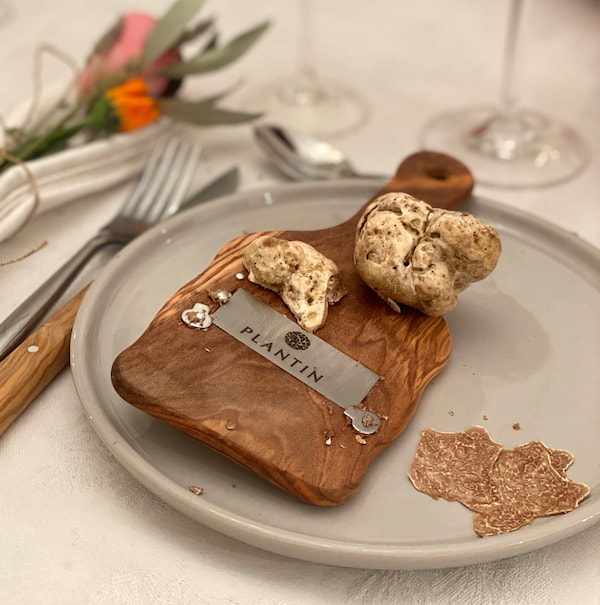
Beluga Caviar
Beluga caviar, the most esteemed of all caviars, comes from the beluga sturgeon, a fish that can grow to nearly 600 lbs. The rarity of these sturgeons and their critically endangered status have driven the prices of beluga caviar sky-high.
In the US, where imports of beluga caviar are banned, you can still find domestically raised beluga caviar from places like Sturgeon Aquafarms in Florida, costing $830 for an ounce. This delicacy is often enjoyed on blinis, accompanied by sour cream and chives.
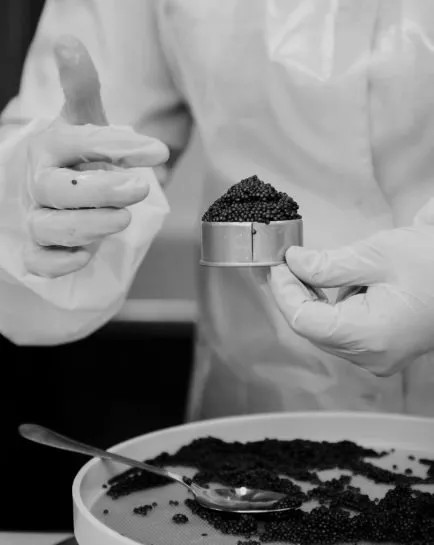
Saffron
Saffron, the world's most expensive spice by weight, comes from the dried stigmas of the saffron crocus flower. Harvesting saffron is a labor-intensive process, as each flower yields only three strands of the spice.
Primarily grown in Iran, saffron's unique floral and honey-like flavor enhances dishes such as risotto, paella, and bouillabaisse. Priced between $10 and $20 per gram, genuine saffron is worth every penny for its vibrant color and distinct taste.
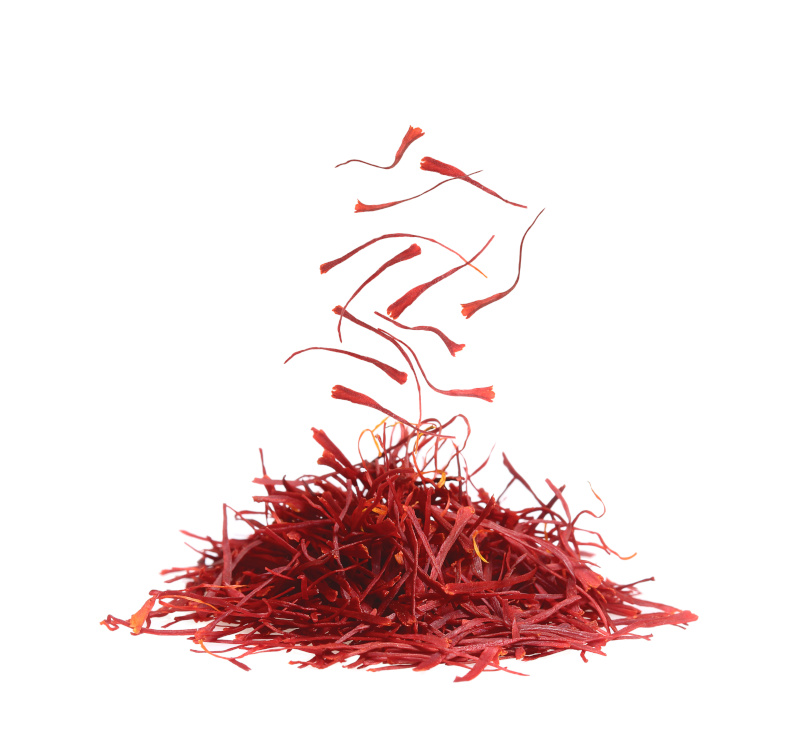
Matsutake Mushrooms
Matsutake mushrooms are a prized ingredient in Japanese cuisine, known for their strong, earthy aroma and meaty texture. These mushrooms grow in the wild among the roots of red pine trees in Japan and other regions.
However, the decline in red pine forests due to roundworm infestations has made these mushrooms increasingly scarce. Consequently, matsutake mushrooms can cost up to $1,000 per pound, making them one of the most expensive mushrooms in the world.
Kopi Luwak Coffee
Kopi luwak coffee is perhaps the most exotic coffee in the world, made from beans that have been eaten and excreted by Asian palm civets. The beans undergo a fermentation process in the civet's digestive tract, resulting in a smooth, rich coffee with chocolate and caramel notes.
Due to the labor-intensive harvesting process and limited supply, wild-sourced kopi luwak coffee can cost $600 per pound. Ethical sourcing is essential to avoid supporting inhumane practices in civet farming.
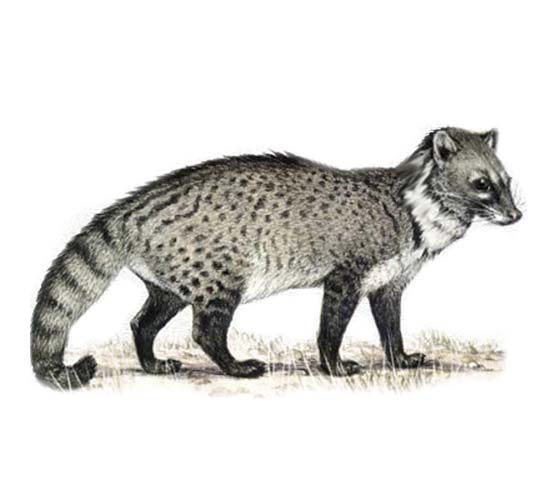
Iberico Ham
Iberico ham, or Jamón Ibérico, is a Spanish and Portuguese delicacy renowned for its nutty flavor and silky texture. Made from free-range Iberian pigs fed on acorns, the ham is meticulously cured for up to three years.
Depending on the quality and aging process, a leg of Iberico ham can cost between $500 and $4,500. This exquisite ham is typically served in thin slices.
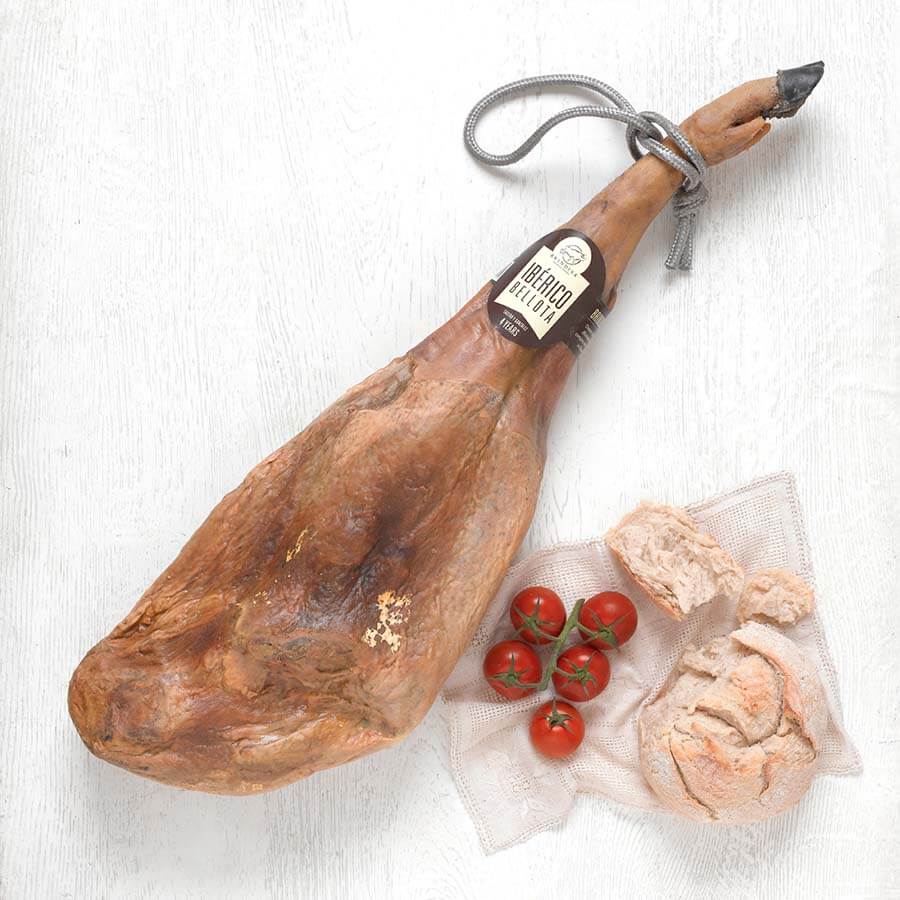
Densuke Watermelon
Densuke watermelon, also known as black watermelon, is a rare variety grown exclusively on the island of Hokkaido in Japan. Known for its striking black rind and exceptionally sweet, crisp flesh, Densuke watermelons are cultivated in limited quantities, with only 10,000 produced annually.
These melons can sell for around $250 each, with some fetching over $6,000 at auction
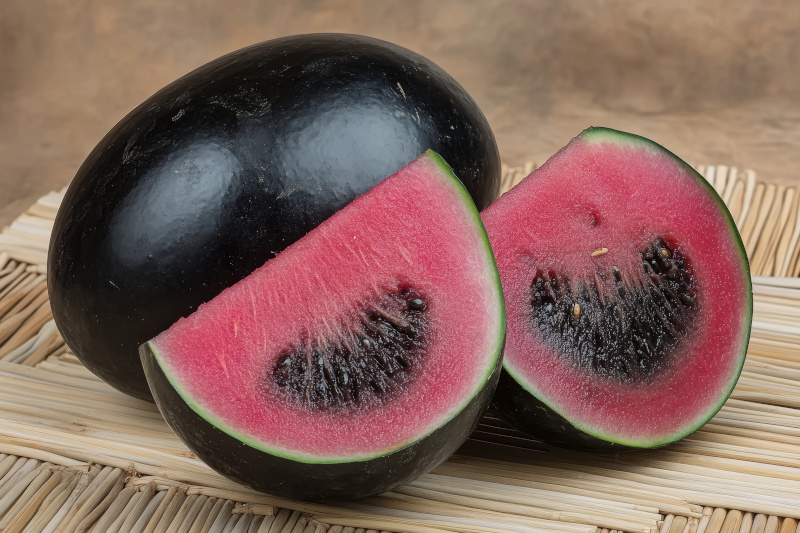
Bluefin Tuna
Bluefin tuna, a sushi and sashimi favorite, is highly prized for its rich, buttery flavor and tender texture. Due to overfishing, bluefin tuna is now an endangered species, leading to strict fishing regulations and high market prices.
In January 2023, a 212 kg bluefin tuna sold for $273,000 at a Tokyo auction, equivalent to $1,287 per kilo. High-end sushi restaurants charge between $10 and $80 per piece, reflecting the fish's scarcity and desirability.
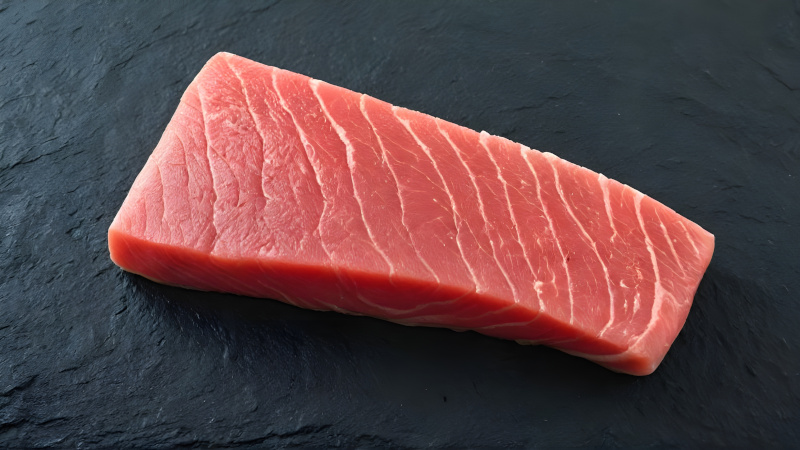
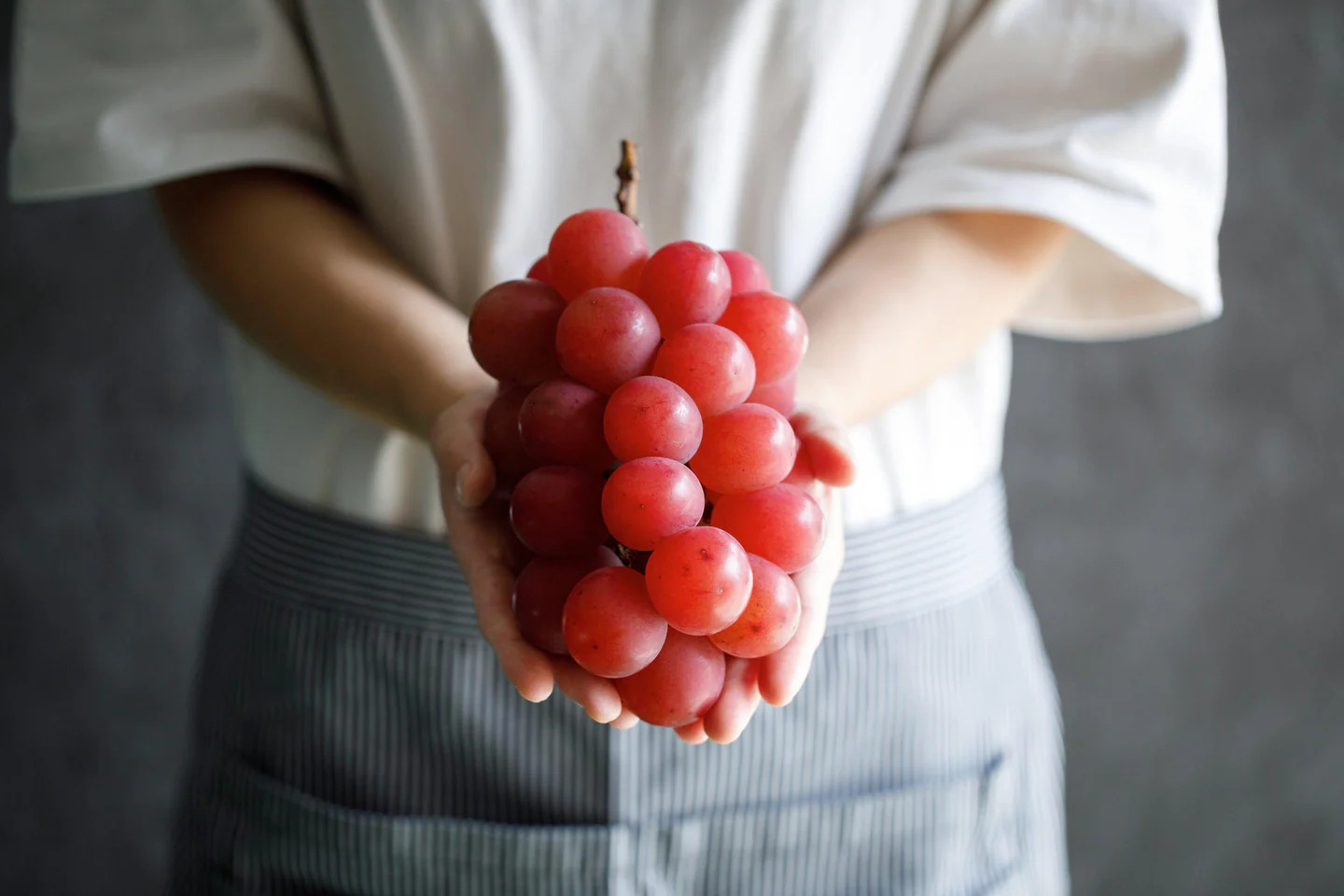
Ruby Roman Grapes
Ruby Roman grapes, grown exclusively in Japan's Ishikawa Prefecture, are the epitome of luxury fruit. These large, sweet grapes are meticulously cultivated, with farmers ensuring the highest quality by limiting the number of grapes per vine.
Ruby Roman grapes are categorized by quality, with "superior" bunches costing $90 to $140, "special superior" bunches costing $180 to $450, and the rare "premium" grapes fetching up to $1,000 per bunch.
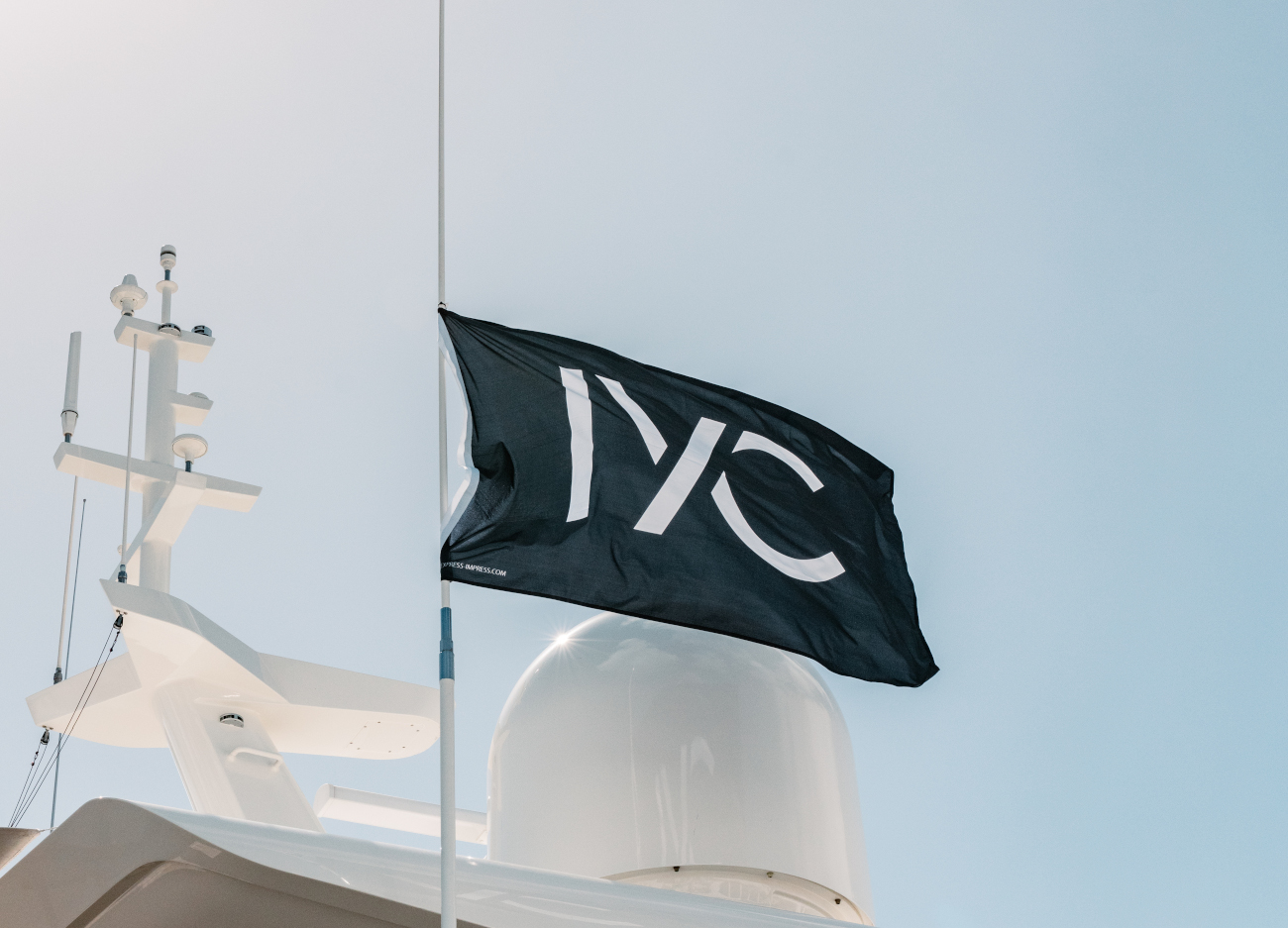
Luxury yachting and exquisite gastronomy often go hand in hand, offering a high-end experience. On a yacht guests are privy to incredible food and drink from their own personal chef, with custom menus personalised to their exact needs.
Picture savoring a rare Beluga caviar canapé or a delicately marbled Kobe beef fillet while cruising through the Mediterranean's azure waters.
IYC is proud that its charter fleet has a diverse range of talented and award-winning chefs on board, many of whom have worked in Michelin starred kitchens and alongside the world’s best chefs. There can be no doubt that gastronomic delights are one of the most memorable and important elements of a successful yacht charter.